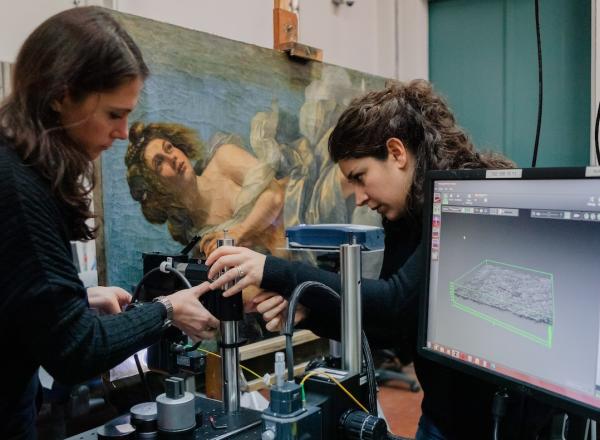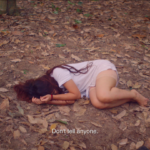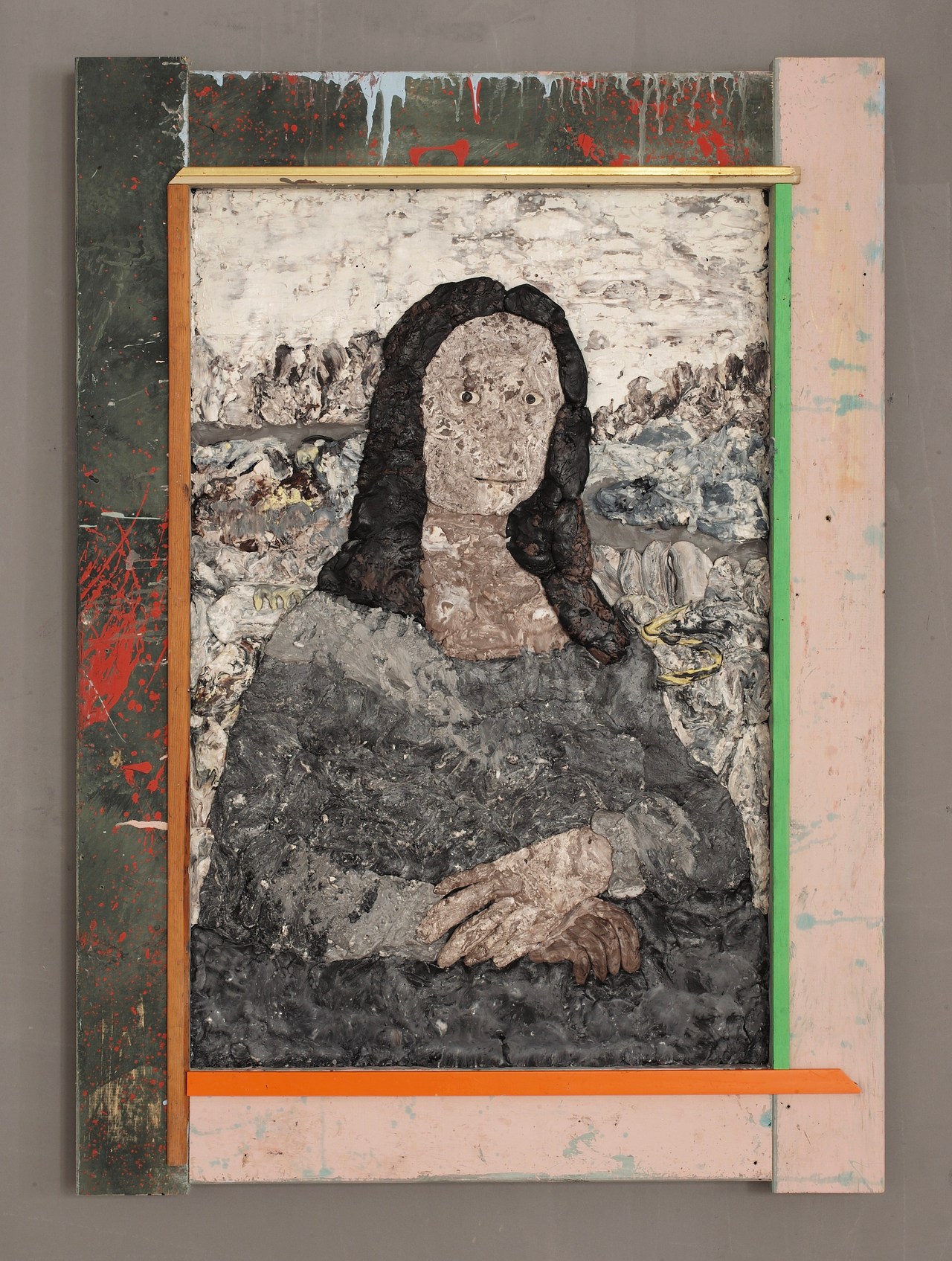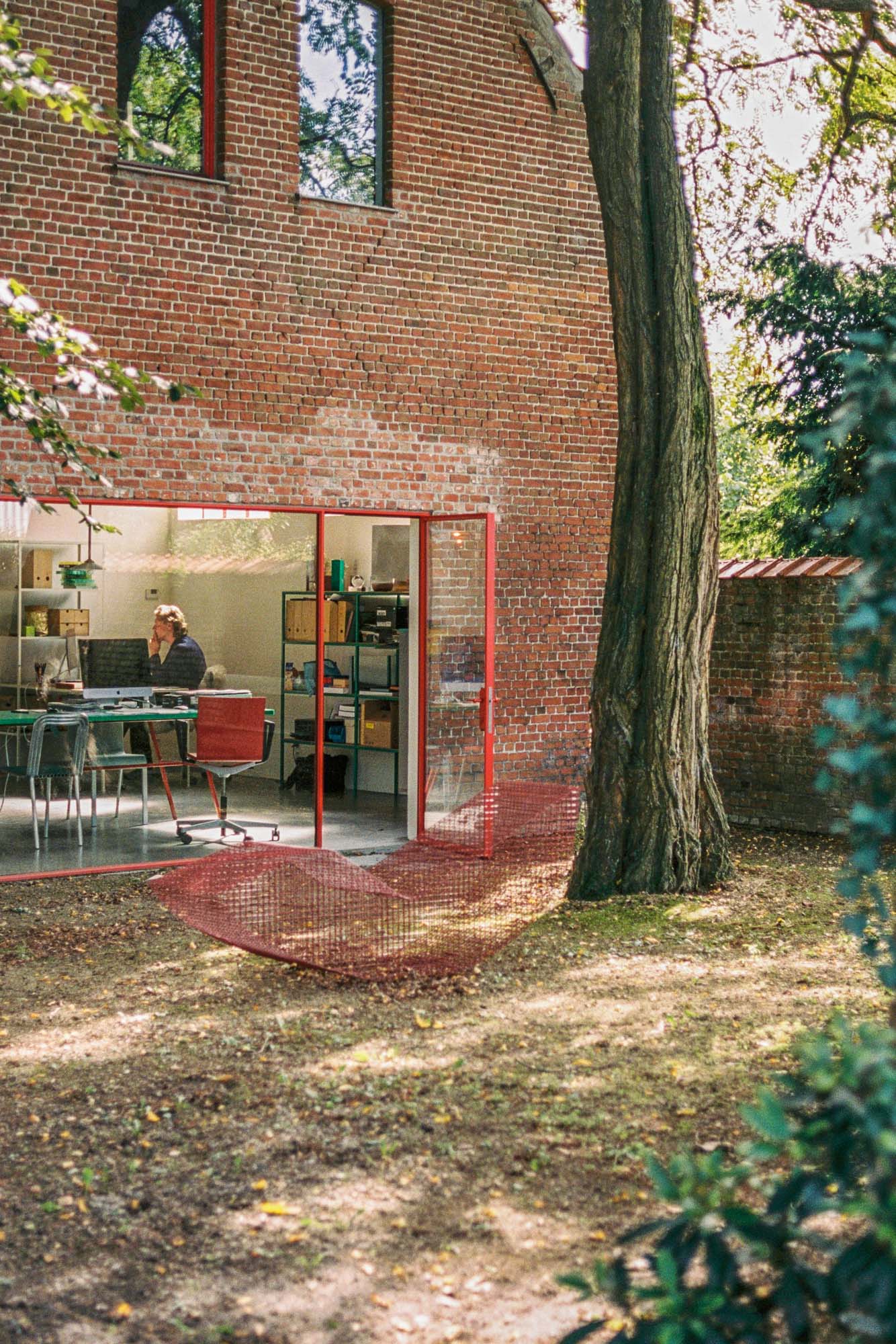Masiniya Matawali
2021 - Drawing & Print (Drawing & Print)
103 x 55 cm
Subas Tamang
Masiniya Matawali by Subas Tamang is an etching and aquatint print based on photographs taken by German photographer Volkmar Wentzel in 1949. Wentzel’s original color photographs document the transportation of a Mercedes Benz, carried on a wood armature by sixty porters, over a rocky trail from Bhimphedi to Kathmandu in Nepal. At the time of Wentzel’s photographs, paved roads in Nepal only existed within the Kathmandu Valley and cars had to be carried into the city from the surrounding hills on foot. Wentzel’s images have been reinterpreted by Subas to call attention to the oppression of the Tamang people by Nepal’s ruling class. Cars were imported for their lavish lifestyles, but little regard was given to common Nepalis or access to basic necessities for their health and well-being. Generations of Indigenous people paid the price for this opulence, the impacts of which are still felt to this day in Nepal. Subas’s work can also be read as performance—as an action embodying the violence of history. This refigured artwork by Subas is an attempt to understand, rediscover, and reinterpret Tamang history.
Part of the Indigenous Tamsaling community in Nepal, Subas Tamang comes from a family of traditional stone carvers. Subas often incorporates carving, engraving, as well as various printmaking techniques into his art practice. Much of Tamsaling history is based primarily on oral narrative traditions. Responding to the lack of documentation in his community’s historical legacy, Subas seeks to archive the cultural and social fabrics of his and other communities through art. Tamang is also a member of Artree, an artist collective formed in 2013 with Sheelasha Rajbhandari, Hit Man Gurung, Mekh Limbu, and Lavkant Chaudhary who come from a range of Indigenous communities of Nepal. ??Artree practices art collectively with the belief that it has deep roots in social practice. The mainstream narrative of Nepal and its surrounding region has historically excluded the stories and experiences of numerous disenfranchised Indigenous communities. Artree’s collective and individual practices draw attention to these dogmatic social hierarchies through installations, exhibitions, workshops and events.
Colors:
Other related works, blended automatically
» see more

© » KADIST
Subas Tamang
2018Study of History IV by Subas Tamang is an etching and aquatint print based on photographs taken by German photographer Volkmar Wentzel in 1949...
Related works sharing similar palette
» see more

© » KADIST
Lisa Oppenheim
2003The Damaged series by Lisa Oppenheim takes a series of selected photographs from the Chicago Daily News (1902 – 1933) as its source material...
Other works by: » Subas Tamang
» see more

© » KADIST
Subas Tamang
2018Study of History IV by Subas Tamang is an etching and aquatint print based on photographs taken by German photographer Volkmar Wentzel in 1949...

© » KADIST
Subas Tamang
2020Study of History VI by Subas Tamang is an etching and aquatint print based on photographs taken by German photographer Volkmar Wentzel in 1949...

© » KADIST
Subas Tamang
2018Study of History III by Subas Tamang is an etching and aquatint print based on photographs taken by German photographer Volkmar Wentzel in 1949...

© » KADIST
Subas Tamang
2018Study of History V by Subas Tamang is an etching and aquatint print based on photographs taken by German photographer Volkmar Wentzel in 1949...
Related works found in the same semantic group
» see more

© » KADIST
Köken Ergun and Tashi Lama
2022Nepal and China signed an agreement for the Belt and Road Initiative (BRI) in 2017...

© » KADIST
Köken Ergun and Satyam Mishra
2022Nepal and China signed an agreement for the Belt and Road Initiative (BRI) in 2017...

© » KADIST
Subash Thebe Limbu
2021In Ningwasum , Subash Thebe Limbu explores Adivasi Futurism, a concept he has developed over a number of years, inspired by the writings of Octavia Butler, Afrofuturism, Indigenous Futurism, and various Adivasi, Janajati, feminist, queer, and Dalit movements...

© » ART & OBJECT
Censored Work by Artemisia Gentileschi Is Restored | Art & Object Skip to main content Subscribe to our free e-letter! Webform Your Email Address Role Art Collector/Enthusiast Artist Art World Professional Academic Country USA Afghanistan Albania Algeria American Samoa Andorra Angola Anguilla Antarctica Antigua & Barbuda Argentina Armenia Aruba Ascension Island Australia Austria Azerbaijan Bahamas Bahrain Bangladesh Barbados Belarus Belgium Belize Benin Bermuda Bhutan Bolivia Bosnia & Herzegovina Botswana Bouvet Island Brazil British Indian Ocean Territory British Virgin Islands Brunei Bulgaria Burkina Faso Burundi Cambodia Cameroon Canada Canary Islands Cape Verde Caribbean Netherlands Cayman Islands Central African Republic Ceuta & Melilla Chad Chile China Christmas Island Clipperton Island Cocos (Keeling) Islands Colombia Comoros Congo - Brazzaville Congo - Kinshasa Cook Islands Costa Rica Croatia Cuba Curaçao Cyprus Czechia Côte d’Ivoire Denmark Diego Garcia Djibouti Dominica Dominican Republic Ecuador Egypt El Salvador Equatorial Guinea Eritrea Estonia Eswatini Ethiopia Falkland Islands Faroe Islands Fiji Finland France French Guiana French Polynesia French Southern Territories Gabon Gambia Georgia Germany Ghana Gibraltar Greece Greenland Grenada Guadeloupe Guam Guatemala Guernsey Guinea Guinea-Bissau Guyana Haiti Heard & McDonald Islands Honduras Hong Kong SAR China Hungary Iceland India Indonesia Iran Iraq Ireland Isle of Man Israel Italy Jamaica Japan Jersey Jordan Kazakhstan Kenya Kiribati Kosovo Kuwait Kyrgyzstan Laos Latvia Lebanon Lesotho Liberia Libya Liechtenstein Lithuania Luxembourg Macao SAR China Madagascar Malawi Malaysia Maldives Mali Malta Marshall Islands Martinique Mauritania Mauritius Mayotte Mexico Micronesia Moldova Monaco Mongolia Montenegro Montserrat Morocco Mozambique Myanmar (Burma) Namibia Nauru Nepal Netherlands Netherlands Antilles New Caledonia New Zealand Nicaragua Niger Nigeria Niue Norfolk Island Northern Mariana Islands North Korea North Macedonia Norway Oman Outlying Oceania Pakistan Palau Palestinian Territories Panama Papua New Guinea Paraguay Peru Philippines Pitcairn Islands Poland Portugal Puerto Rico Qatar Romania Russia Rwanda Réunion Samoa San Marino Saudi Arabia Senegal Serbia Seychelles Sierra Leone Singapore Sint Maarten Slovakia Slovenia Solomon Islands Somalia South Africa South Georgia & South Sandwich Islands South Korea South Sudan Spain Sri Lanka St...



